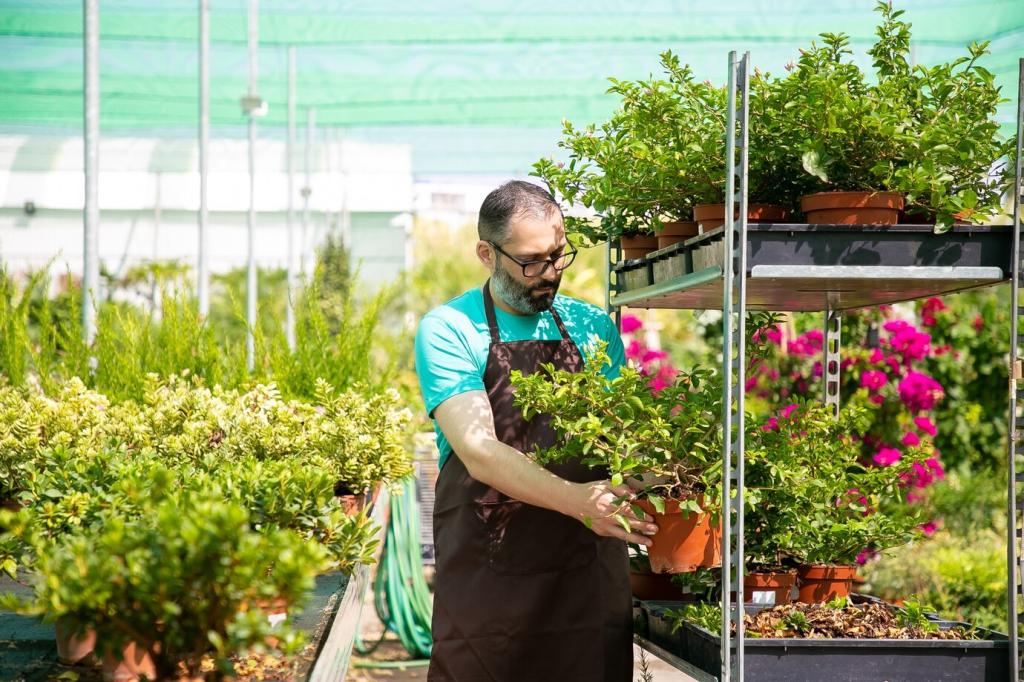
Economic Advantages of Implementing Rooftop Gardens in Urban Areas
Rooftop gardens are transforming city skylines and creating new opportunities for urban spaces to thrive economically. As cities grow denser, the need to utilize every available space in innovative ways becomes critical. Rooftop gardens do more than provide ecological and aesthetic benefits; they offer compelling economic advantages that can positively impact building owners, municipalities, and communities. This page explores the economic benefits derived from integrating rooftop gardens into urban infrastructure, highlighting cost savings, job creation, property values, and broader urban development incentives.
Previous
Next
Properties with rooftop gardens are often valued higher than those with standard roofs, reflecting both their tangible and intangible benefits. The appeal of additional usable green space, coupled with lower operational costs and improved aesthetics, makes such buildings more attractive to prospective buyers and tenants. Real estate evaluators recognize these advantages during appraisals, often leading to appreciable increases in market value compared to conventional properties, especially in densely populated urban cores where green space is at a premium.

Rooftop gardens are increasingly utilized to grow fruits, vegetables, and herbs, turning city buildings into miniature farms. This localized approach to agriculture improves food security by supplementing traditional supply chains and providing fresh, healthy products directly to residents. Urban agriculture initiatives foster economic resilience, especially during times of supply disruption. Additionally, building owners can lease garden space to local farmers or cooperatives, generating supplementary income and strengthening neighborhood economies.
